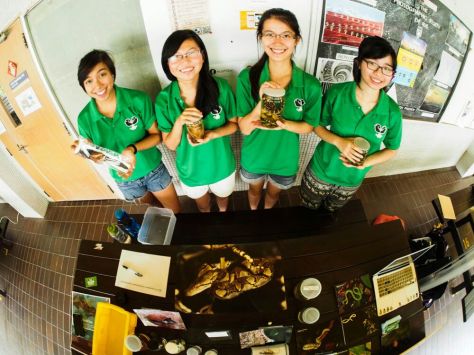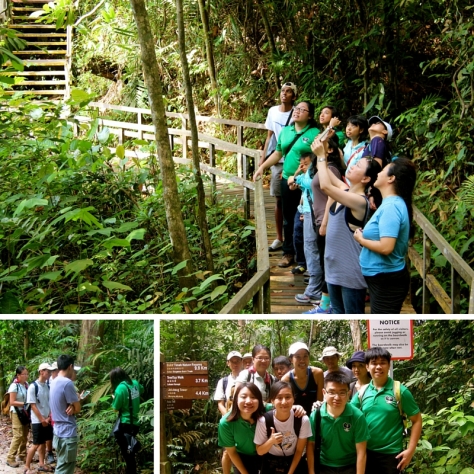It’s been a wild month! As part of the March for MacRitchie campaign organised by the Love Our MacRitchie Forest Movement, we have hosted a bunch of cool activities to raise awareness about our natural heritage and the proposed Cross Island MRT Line (CRL).

Through events like conservation booths and guided trail walks, we have sought to ignite a zest for nature. It was fantastic to have so many interested individuals come forth, eager to learn more about the CRL issue and our beautiful nature reserves. From signing the petition (over 11,000 signatures and counting!), to writing postcards and to talking about why they want to conserve our nature reserves, it was heartwarming to see support being so enthusiastically given.

It was also great to see so many participants coming down on our walks, brimming with eagerness and questions. A big thanks to all those who came down to support our events! We hope you walked away having learned something new and rekindled your passion for nature.

As you might know, the Land Transport Authority (LTA) has been exploring the possibility of constructing the proposed CRL through the Central Catchment Nature Reserve (CNNR). With the completion of part 1 of the EIA and the recent media hype about the Cross Island Line, there has been a surge of interest in our nature reserves. The countless articles written by people from all walks of life has provided a rich perspective on this issue. If you’re clueless on where to start, we have plenty of recommendations on our Facebook page. It remains ever vital that people are informed about upcoming plans for our forests. After all, you cannot miss what you don’t know.

CCNR retains one of the few patches of primary forest left in Singapore [1]. This is important as primary forest (untouched jungles) are known to support a rich spectrum of biodiversity unlike most secondary forests (regenerated jungles) [2]. Many cool creatures inhabiting its depths such as the Sunda Colugo (Galeopterus variegatus) and the Malayan blue coral snake (Calliophis bivirgata).

It is also likely that this patch of forest does provide priceless ecosystem services for Singaporeans. Other than acting as the green lungs of earth, forests are able to provide various other benefits such as filtering rain water, resulting in a cleaner and clearer reservoir [3]. This wonderful piece of natural heritage deserves our protection and we continue to stand by the Zero Impact policy. We advocate conserving the ecosystem, avoiding any long-lasting impacts on the environment.

Through the March for MacRitchie campaign, the word about the CRL issue and the beauty of our nature reserves have spread. However, the fight has only begun! We will continue to seek to reach out to more of our fellow Singaporeans. It is our hope that these few patches of untouched forest with its numerous inhabitants would still be here to inspire generations to come.
References:
- Ng, P.K.L. et al. (eds.) (2011) Singapore Biodiversity: An Encyclopedia of the Natural Environment and Sustainable Development. Editions Didier Millet, Singapore.
- Corlett, R. (2014). The ecology of tropical east asia (Second ed.). Oxford: Oxford University Press. doi:10.1093/acprof:oso/9780199681341.001.0001
- Chapin, F. S. I., Matson, P. A., & Vitousek, P. M. (2011). Principles of terrestrial ecosystem ecology (2nd ed.). New York: Springer.
Words by Melissa Wong












